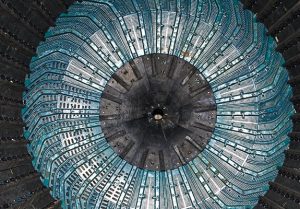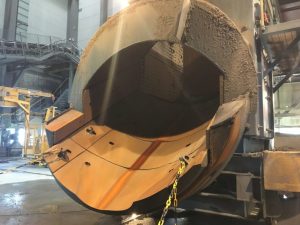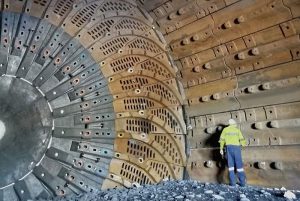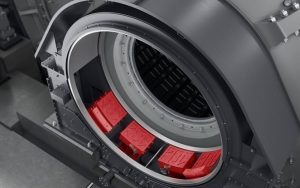Fluoroelastomers (FKM) for Sealing
Use of Synthetic Rubber Fluoroelastomers or FKM for sealing
Due to the recent developments in the fluorocarbon polymer technology industry, seals designers have achieved a lot of possibilities. Today, Fluorocarbons are highly affordable because of their abundant capabilities such as excellent resistance to chemicals, high endurance against high temperatures, very low volume and light weight, and so on that makes these kind of rubber the best choose for sealing.
Particularly because these characteristics make it possible to use this type of rubber in different weather conditions due to its excellent resistance to all types of weather conditions. Of course, it’s still recommended to be very careful about the user’s choose the fluorocarbon for specific sealing applications.
For this purpose, some of these things that you need to be careful when choosing fluorostomers are listed below to help you make the best choice.
A or E Form of FKM
The oldest and most commonly used elastomer between FKMs production lines are FKMs with a shape of A or E. This type of rubber, which is often designed and manufactured for aerospace common properties, has fluoride content of about 66 percent.
The A or E sign, or these models, shows the low compression of rubber, as well as their resistance to compact fuel, with high alcohol or MBTE. In addition, by referring to these two types of marks, it is possible to find out other general characteristics of the production of FKM rubbers.
B Form of FKM
Compared to the different types of A or E sealing rubber of the FKM, the B-shaped form has a higher percentage of fluorine content and more development, which makes it much more resistant to liquid types such as acids and fuels. This type of rubber has more than 67% fluorine content and is therefore commonly used in places that require high resistance to flex fuels with alcohol and MTBE.
GF or F Form of FKM
GF or F Form of FKM Compared to Type B, has a higher content of fluorine content of over 70% to withstand fuels and solvent content. Due to the high content of fluorine in this type of FKM, this type of rubber is the best choice for use in the agricultural field, because in the agricultural sector a large amount of strong chemicals is used on a daily basis.
GLT Form of FKM
FKMs of the type GLT to compare with older FKM types, the A and B shapes, are designed to have a much higher flexibility at low temperatures. Generally speaking, the flexibility of GLT-shaped FKMs reaches � 40 degrees Fahrenheit. The type of structure is not suitable for locations that are affected by aggressive solvents and compressed fuels, and you need to be careful about their choice. In addition, fluorine content in this type of FKM is 65%.
GFLT Form of FKM
For flex fuel applications, GFLT form of FKM typically used because they have up to 68 percent fluorine in their content and have a resilience and flexibility of up to 35 degrees Fahrenheit.
Contact our experts for more information on FFKM types and their applications and how they are used
چقدر این پست مفید بود؟
روی یک ستاره کلیک کنید تا به آن امتیاز دهید!
میانگین امتیاز 0 / 5. شمارش آرا: 0
No votes so far! Be the first to rate this post.





